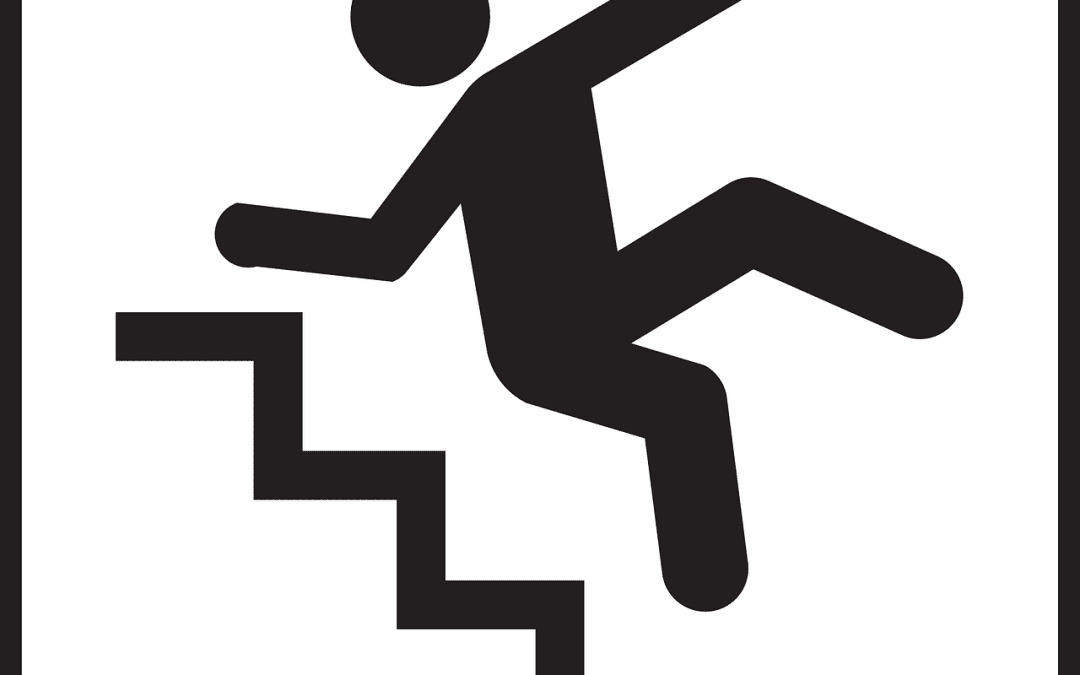Each year, three million older adults visit an Emergency Department because of a fall and one million of those are hospitalized. When an older adult falls, the consequences can be devastating and even life ending. Because of this, the result of a fall such as injury, fracture or head injury are addressed immediately but the cause of the fall and prevention of another incident are often put off or ignored.
What are common causes of falls:
- Medication. Prescription and over the counter medicines can cause dizziness, sleepiness and lack of coordination. Alcohol doesn’t help.
- Walking and balancing issues. It is important to use a cane or walker if you have one. Get a walking device if you feel you are unstable. Don’t leave your cane in a different restaurant every week.
- Vitamin D deficiency. Especially here in Northeast Ohio or winter in the northern half of the country, it is hard to get enough Vitamin D.
- Vision problems and inadequate lighting. Keep your home bright and your vision visits up to date.
- Foot pain or poor footwear. While dollar store shoes may be a good bargain, they may cost you lost time and pain. Good shoes can help with foot pain.
- Hazards. Throw rugs, steps, ice, and water on the floor can all add to the risk for falls.
What happens after you fall
Push your care provider to find out why you fell if it is not obvious, such as a fall on ice. Finding the cause of a fall will prevent future falls. Be honest with your provider if you were drinking or have been having trouble balancing and may need a cane or walker.
Preventing Falls
Exercise is very helpful in preventing falls. Doing strength training (yes, everyone can do some form of strength training) and balancing exercises can go a long way. If your health care insurance offers Silver Sneakers, take advantage of it. There are classes geared towards older adults, like chair exercises. Swimming and water aerobics are fun and beneficial. Walking with friends gives you physical and social benefits.
A home audit by an occupational or physical therapist can point out hazards in your home. Your health care provider can prescribe an audit. If you cannot get a professional audit, the CDC has a checklist you can use https://www.cdc.gov/steadi/pdf/steadi-brochure-checkforsafety-508.pdf
Regular medical check ups can find problems in advance that might cause falls. Use the same pharmacy for all prescriptions and let them know about over the counter meds. Make sure eyeglass prescriptions are up to date.
Falls can dramatically change or end lives in older adults. Know the cause of a fall and prevent them as best you can. It could save your life.
Picture: Pixabay

